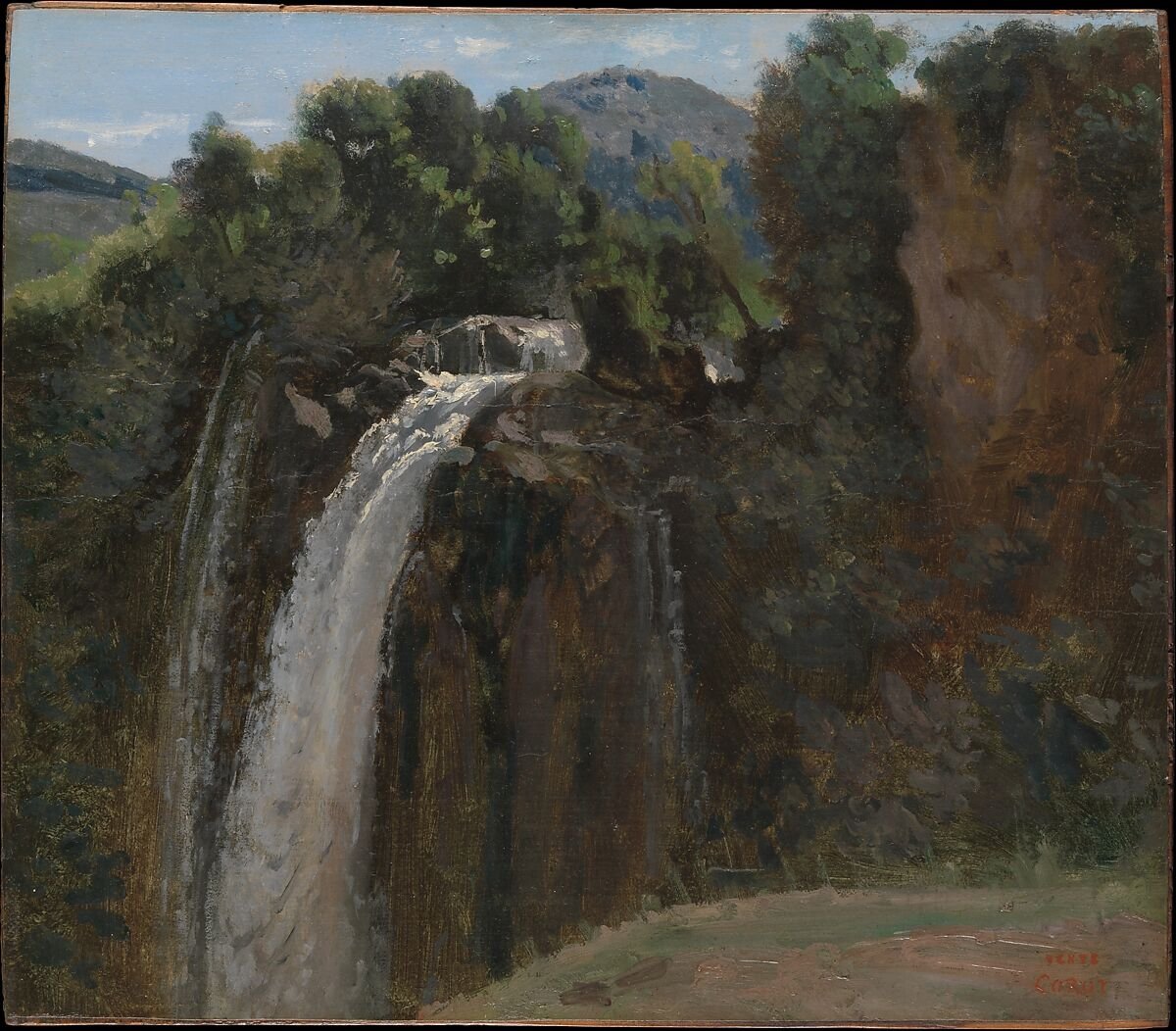
Both Camille Corot's "Waterfall at Terni" and John Burroughs' "The Grist of the Gods" delve into the transformative power of natural forces, connecting through the lens of time and erosion. Corot's painting, crafted in 1826, illustrates water's serene yet persistent erosion of the landscape, portraying the Terni waterfall as a testament to nature's patient shaping of the Earth. In contrast, Burroughs, in "The Grist of the Gods," explores the geological history of the Earth, emphasizing soil as the "framework of the globe." He, too, acknowledges the erosive forces, attributing decay and death to the gods of erosion, asserting their role in the perpetual cycle of life.
Corot's work, with its dreamlike ambiance, invites contemplation on the sublime in nature, while Burroughs, in his literary exploration, extends the conversation to the soil as a life-sustaining entity. Both artists contemplate the impact of time, erosion, and decay, with Corot focusing on the visual representation of the natural landscape and Burroughs delving into the scientific and philosophical dimensions. Both reinforce the idea that, whether through the brushstroke or the written word, the artists capture the essence of Earth's transformative forces and the interconnectedness of decay and creation.